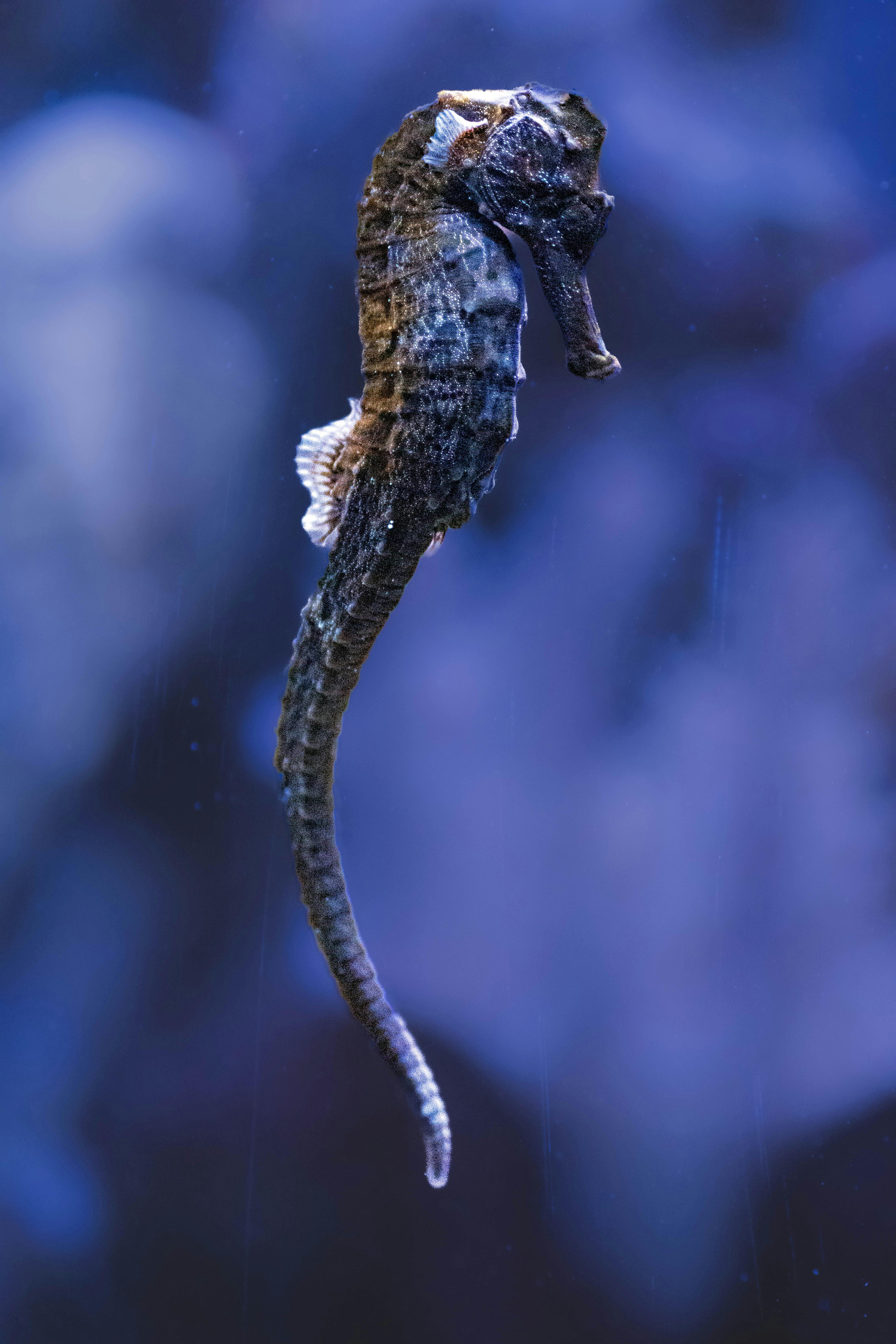Decoding the Secret World of Seahorse Courtship
Imagine a world where males give birth and couples dance in perfect synchronization. Welcome to the enchanting realm of seahorse courtship, a mesmerizing display of nature's ingenuity. These peculiar creatures, with their horse-like heads and curled tails, have captivated marine enthusiasts for centuries. In this article, we'll dive deep into the intricate rituals and unique biological adaptations that make seahorse mating one of the most fascinating phenomena in the animal kingdom.

The Courtship Dance: A Daily Ritual
Seahorse courtship is an elaborate affair that can last for several days. Each morning, mating pairs engage in a mesmerizing dance, swimming side by side and changing colors in perfect harmony. This daily ritual serves multiple purposes: it strengthens the pair bond, synchronizes the reproductive cycles of both partners, and allows the couple to assess each other’s health and readiness to mate. The dance typically lasts for about an hour and involves a series of twirls, pirouettes, and synchronized swimming patterns that would put even the most accomplished human dancers to shame.
The Role Reversal: Male Pregnancy
One of the most remarkable aspects of seahorse reproduction is the phenomenon of male pregnancy. Once the courtship dance is complete and both partners are ready to mate, the female transfers her eggs into the male’s brood pouch through a specialized organ called the ovipositor. This process can take up to an hour, during which the female deposits anywhere from 50 to 1,500 eggs, depending on the species. The male then fertilizes the eggs within his pouch, where they will develop over the next two to four weeks.
The Miracle of Seahorse Birth
The male seahorse’s brood pouch is a marvel of biological engineering. It provides oxygen, nutrients, and protection to the developing embryos, much like a mammalian uterus. As the embryos grow, the male’s abdomen swells dramatically, giving him a distinctly pregnant appearance. When the time comes for birth, the male experiences strong contractions, expelling the fully-formed juveniles from his pouch in a process that can last up to 12 hours. These newborn seahorses are miniature replicas of their parents, fully capable of swimming and feeding independently from the moment they emerge.
Conservation Challenges and the Pet Trade
Despite their fascinating biology, many seahorse species face significant threats in the wild. Habitat destruction, climate change, and overfishing for the aquarium and traditional medicine trades have led to declining populations worldwide. The seahorse pet trade, in particular, has had a substantial impact on wild populations. While captive-bred seahorses are available, many specimens in the pet trade are still caught from the wild, disrupting delicate marine ecosystems.
The Price of Exotic Pet Ownership
For those considering seahorses as pets, it’s essential to understand the complexities and costs involved. A pair of captive-bred seahorses can cost anywhere from $50 to $300, depending on the species and rarity. However, the initial purchase price is just the beginning. Seahorses require specialized aquarium setups with precise water parameters, live food sources, and expert care. A proper seahorse aquarium setup can easily cost upwards of $1,000, not including ongoing maintenance and feeding expenses. The market for seahorse-related products and accessories is estimated to be worth millions annually, reflecting the growing interest in these unique creatures as pets.
The Future of Seahorse Research
As our understanding of seahorse biology grows, so does our appreciation for these remarkable animals. Current research focuses on developing more effective conservation strategies, improving captive breeding techniques, and unraveling the genetic mysteries behind their unique reproductive adaptations. Scientists are particularly interested in studying the male seahorse’s ability to carry and nourish embryos, as this could potentially offer insights into human reproductive medicine.
In conclusion, the world of seahorse courtship and reproduction offers a fascinating glimpse into the diversity of life on our planet. From their elaborate courtship dances to the miracle of male pregnancy, seahorses continue to captivate and inspire both scientists and nature enthusiasts alike. As we work to protect these incredible creatures and their habitats, we are reminded of the importance of preserving the delicate balance of our marine ecosystems for future generations to marvel at and learn from.





